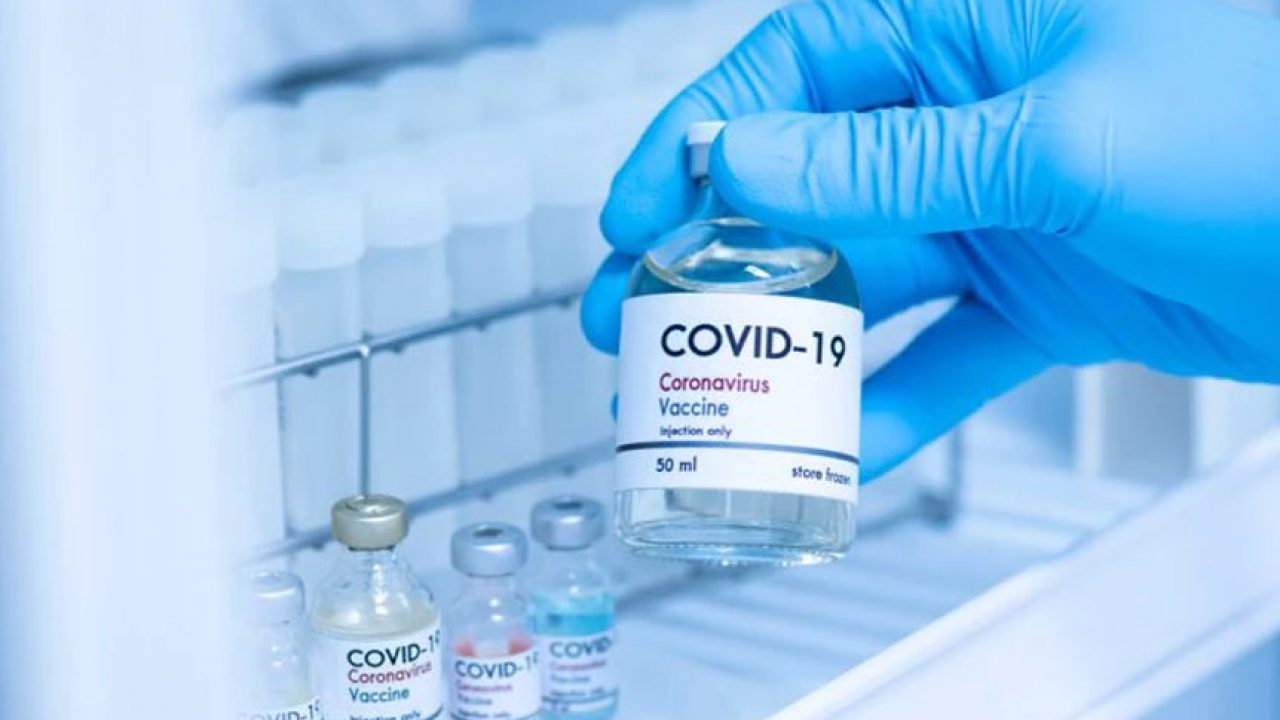
New York: Pfizer Inc with partner BioNTech SE and Moderna Inc have released trial data showing their COVID-19 vaccines to be about 95 per cent effective at preventing the illness, while AstraZeneca Plc this week said its vaccine could be up to 90 per cent effective.
If regulators approve any of the vaccines in coming weeks, the companies have said distribution could begin almost immediately with governments around the world to decide who gets them and in what order. The following is an outline of the process:
When will companies roll out a vaccine?
Pfizer, Moderna and AstraZeneca have already started manufacturing their vaccines. This year, Pfizer said it will have enough to inoculate 25 million people, Moderna will have enough for 10 million people and AstraZeneca will have enough for more than 100 million people.
The US Department of Defense and the Centers for Disease Control and Prevention (CDC) will manage distribution in the United States, likely starting in mid-December with an initial release of 6.4 million doses nationwide.
UK health authorities plan to roll out an approved vaccine as quickly as possible, also expected in December.
In the European Union, it is up to each country in the 27-member bloc to start distributing vaccines to their populations.
Who would get an approved vaccine and when in the United States?
Upon authorization from the US Food and Drug Administration, the CDC has said first in line for vaccinations would be about 21 million healthcare workers and 3 million residents in long-term care facilities.
Essential workers, a group of 87 million people who do crucial work in jobs that cannot be done from home, are the likely next group. This includes firefighters, police, school employees, transportation workers, food and agriculture workers and food service employees.
Around 100 million adults with high-risk medical conditions and 53 million adults over the age of 65, also considered at higher risk of severe disease, are the next priority.
US public health officials said vaccines will be generally available to most Americans in pharmacies, clinics and doctors’ offices starting in April so that anyone who wants a shot can have one by the end of June.
It is unclear when a vaccine will be available for children. Pfizer and BioNTech have started testing their vaccine in volunteers as young as 12.
When will a vaccine be available in other countries?
The European Union, the United Kingdom, Japan, Canada and Australia are all running rapid vaccine regulatory processes.
Many of AstraZeneca’s doses this year are expected to go to the United Kingdom, where health officials have said that if approved they could begin vaccinating people in December. At the top of their list is people living and working in care homes.
In Europe, the EU drugs regulator has said it could rule on the safety of a COVID-19 vaccine in December.
Most countries have said the first vaccines will go to the elderly and vulnerable and frontline workers like doctors.
Countries say they are buying vaccines via the European Commission’s joint procurement scheme, which has deals for six different vaccines and nearly 2 billion doses.
Delivery timelines vary and most countries are still drawing up plans for distributing and administering shots.
Italy expects to receive the first deliveries of the Pfizer-BioNTech shot and AstraZeneca’s shot early next year. Spain plans to give vaccines in January.
In Bulgaria, the country’s chief health inspector expects the first shipments in March-April. Hungary’s foreign minister said doses will land in the spring at the earliest.
Germany, home to BioNTech, expects to roll out shots in early 2021 with mass vaccination centers in exhibition halls, airport terminals and concert venues. It will also use mobile teams for care homes. Front-line healthcare workers and people at risk for serious COVID-19 are expected to get inoculated first.
When will developing countries have access to vaccines?
COVAX, a program led by the World Health Organization and the GAVI vaccine group to pool funds from wealthier countries and nonprofits to buy and distribute vaccines to dozens of poorer countries, has raised $2 billion.
Its first goal is to vaccinate 3 per cent of the people in these countries with a final goal of reaching 20%. It has signed a provisional agreement to buy AstraZeneca’s vaccine, which does not require storage in specialised ultra cold equipment like the Pfizer vaccine.
It is expected but not certain that less wealthy countries in Africa and South East Asia, such as India, will receive vaccines at low or no cost under this program in 2021. Other countries such as those in Latin America may buy vaccines through COVAX. Several are also striking supply deals with drugmakers.
How much will it cost?
Vaccine makers and governments have negotiated varying prices, not all of which are public. Governments have paid from a few dollars per AstraZeneca shot to up to $50 for the two-dose Pfizer regimen. Many countries have said they will cover the cost of inoculating their residents.
Follow this link to join our WhatsApp group: Join Now
Be Part of Quality Journalism |
Quality journalism takes a lot of time, money and hard work to produce and despite all the hardships we still do it. Our reporters and editors are working overtime in Kashmir and beyond to cover what you care about, break big stories, and expose injustices that can change lives. Today more people are reading Kashmir Observer than ever, but only a handful are paying while advertising revenues are falling fast. |
| ACT NOW |
| MONTHLY | Rs 100 | |
| YEARLY | Rs 1000 | |
| LIFETIME | Rs 10000 | |












